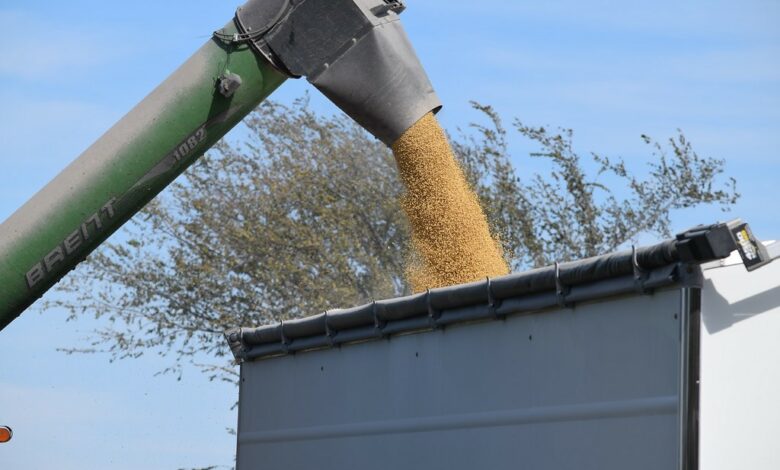Crop Margin Protection is Another Insurance Tool for Farmers
Although complex, this plan offers another method of protection

Crop farmers have multiple ways to protect and insure their investments each year. While revenue protection and yield protection are the most popular in Iowa, farmers can also elect for margin protection.
The margin is defined as the difference between the revenue (yield multiplied by sales price) and the costs of growing the crop. Margin protection insurance is available for corn and soybeans, rice and spring wheat.
An indemnity is paid when the actual margin falls below the trigger margin, which is calculated using county-based yields and input costs calculated by the United States Department of Agriculture’s Risk Management Agency.
The margin protection option is explained in a recent article in the Ag Decision Maker newsletter, written by Alejandro Plastina, associate professor in economics and extension economist at Iowa State University, and Steve Johnson, retired farm management specialist with Iowa State University Extension and Outreach.
While the concept of margin protection is simple, Plastina said the options farmers face can be complex. For example, farmers can choose from 70% coverage up to 85% coverage, which carries a subsidy ranging from 59-44%.
Farmers can also choose “protection factors” with their coverage, which range from 80-120%.
The article explains the different coverage options farmers have, and how coverage might look for a given operation. It also summarizes the different advantages and disadvantages of using margin protection.
Plastina said it’s very important to pay attention to deadlines and timelines if using margin protection. The deadline to purchase margin protection is Sept. 30 prior to the insured crop year.
If an indemnity payment is triggered, it will be issued 21 months from the closing date of purchasing the protection.
Also, because the program relies on county-level averages for yields and national averages for costs, the margin formula may or may not produce results that favor an individual farm.
“Margin protection is another form of insurance available to farmers, but they should closely consider the pros and cons before choosing this option,” said Plastina. “The program protects against a drop in profit margins, but is considered an ‘area policy’ rather than a ‘farm-specific policy.’”
Plastina and Johnson both recommend that farmers consult with a crop insurance agent to determine if margin protection best meets their needs and for detailed price quotes. Quick estimates of premiums can be obtained from the USDA Risk Management Agency Margin Protection Premium Estimator and Price Discovery, and to see prices published daily during the price discovery period.




